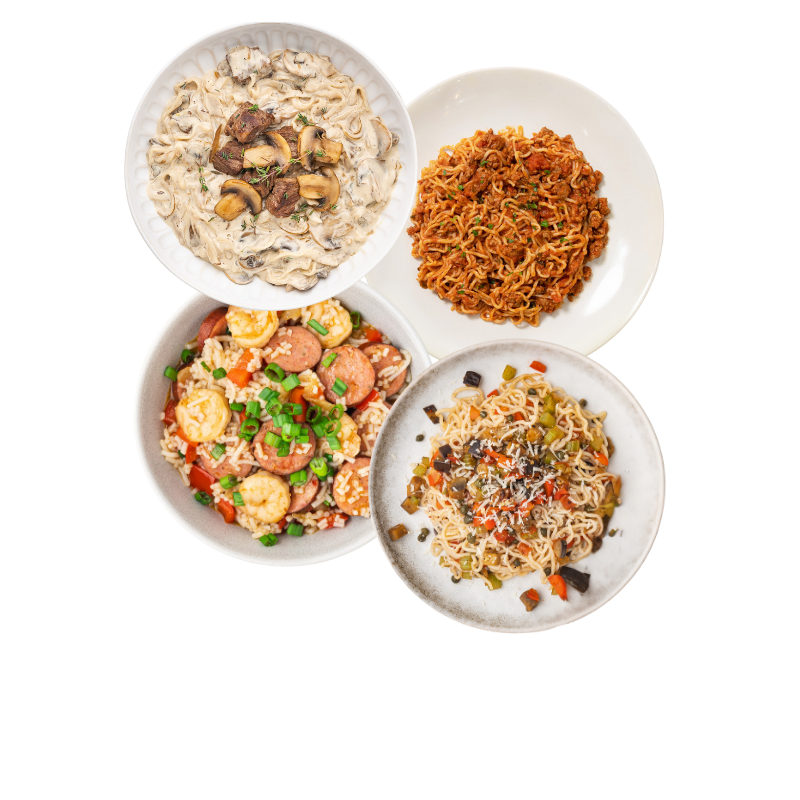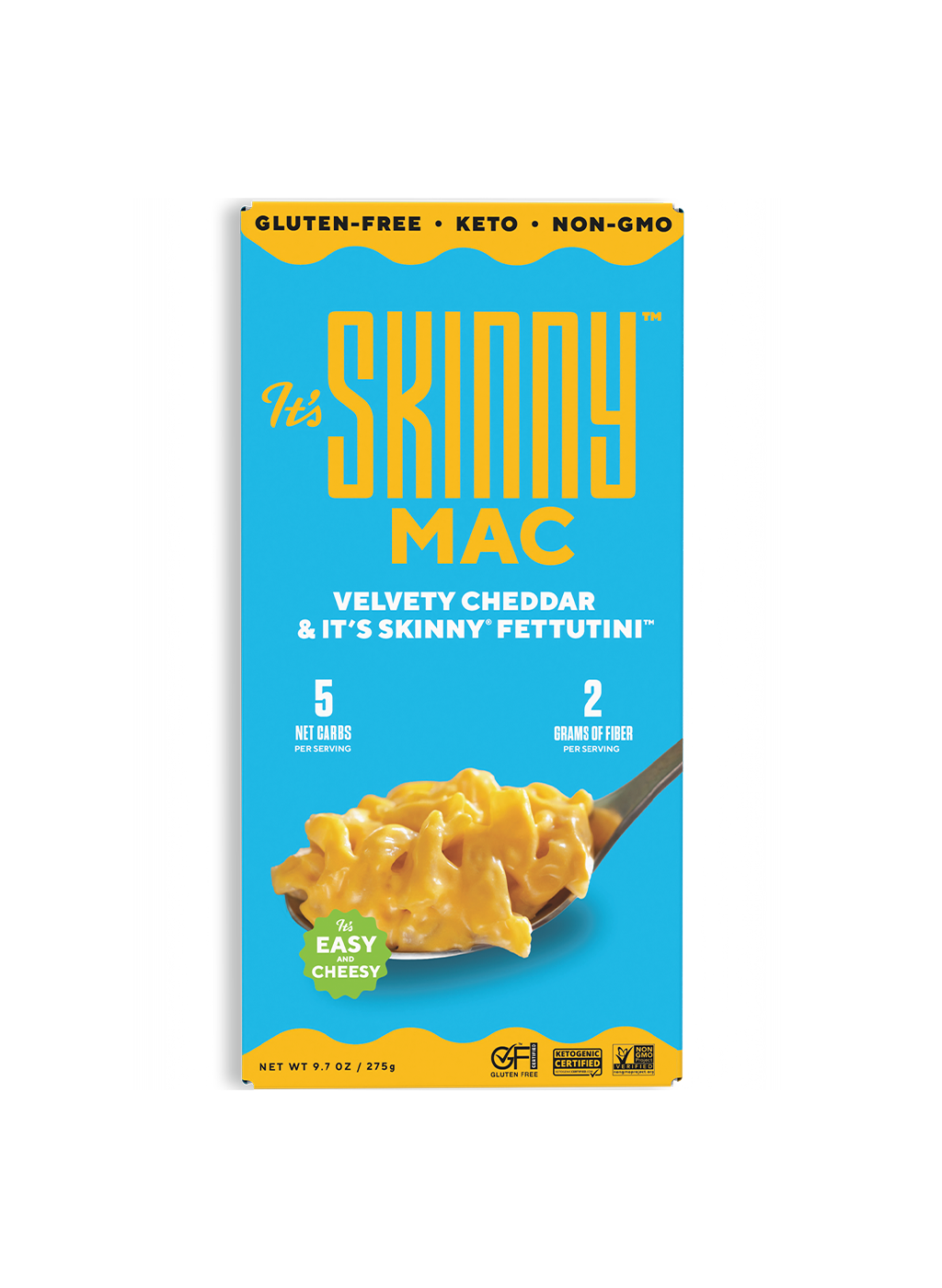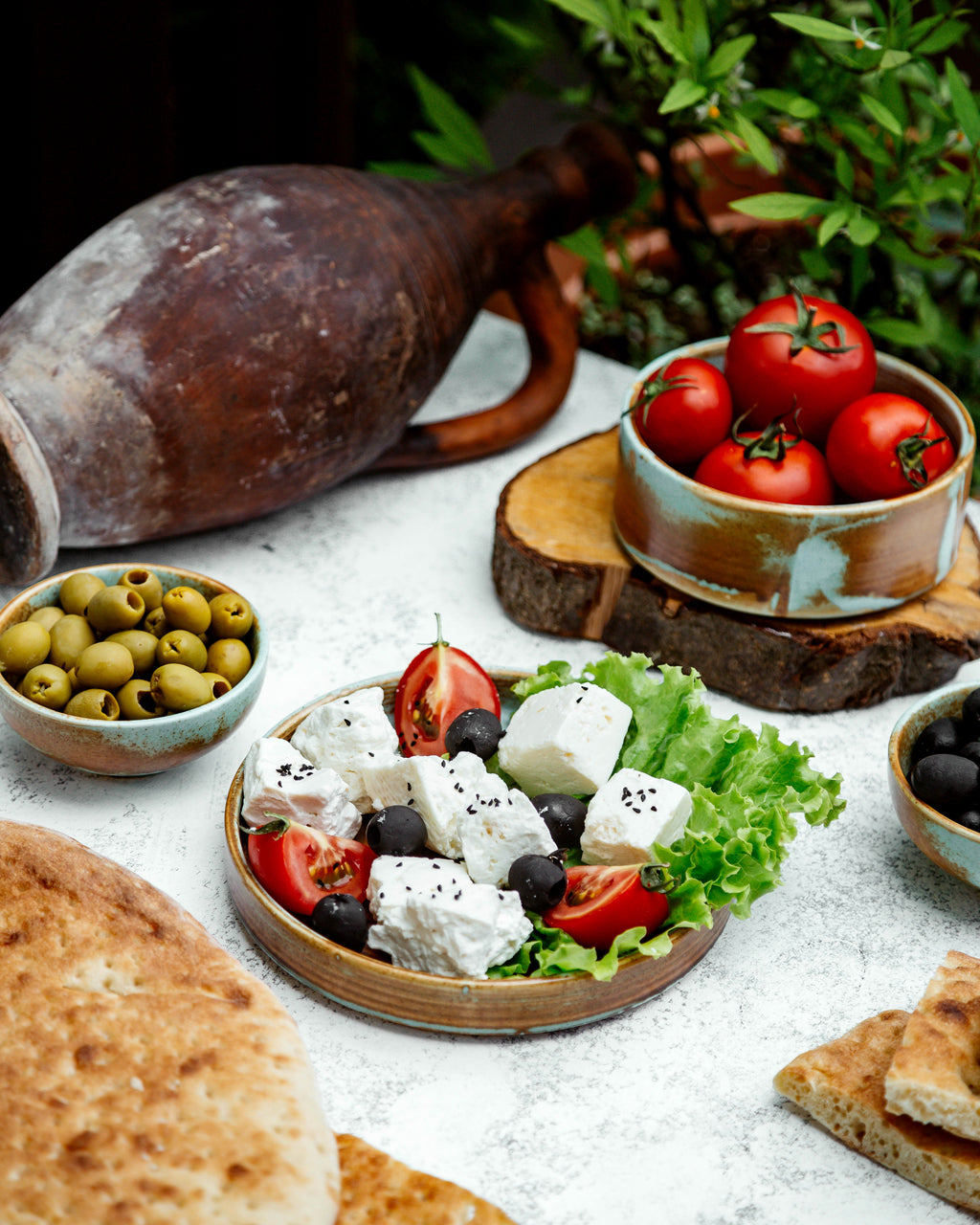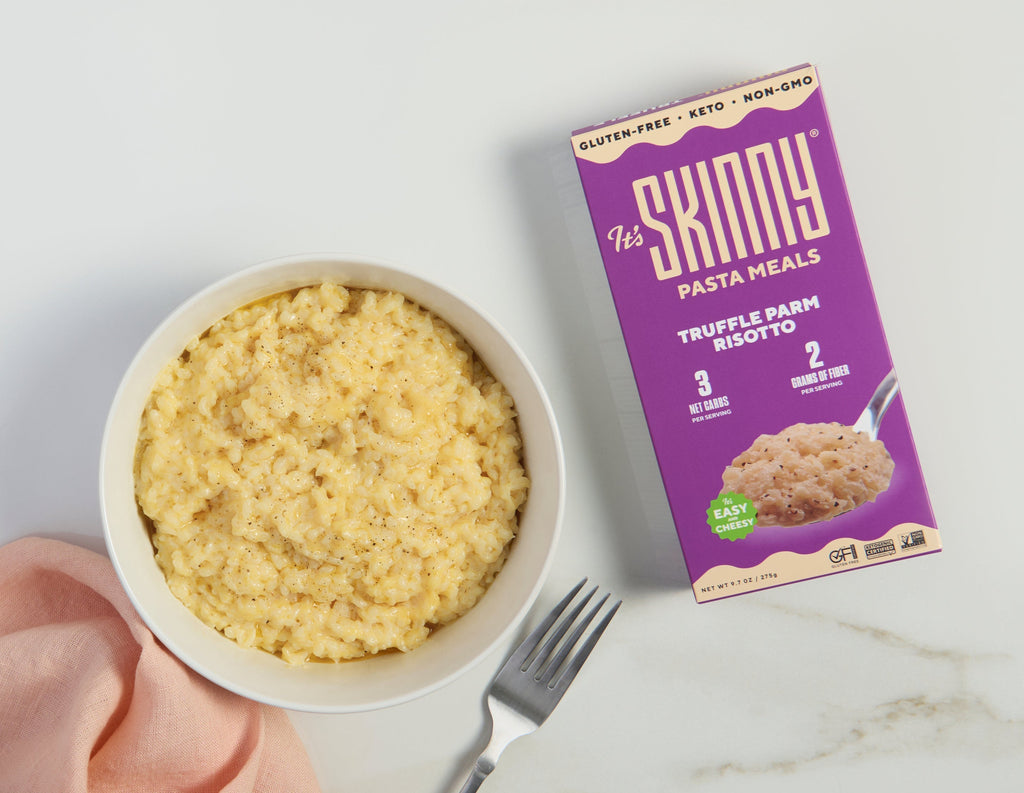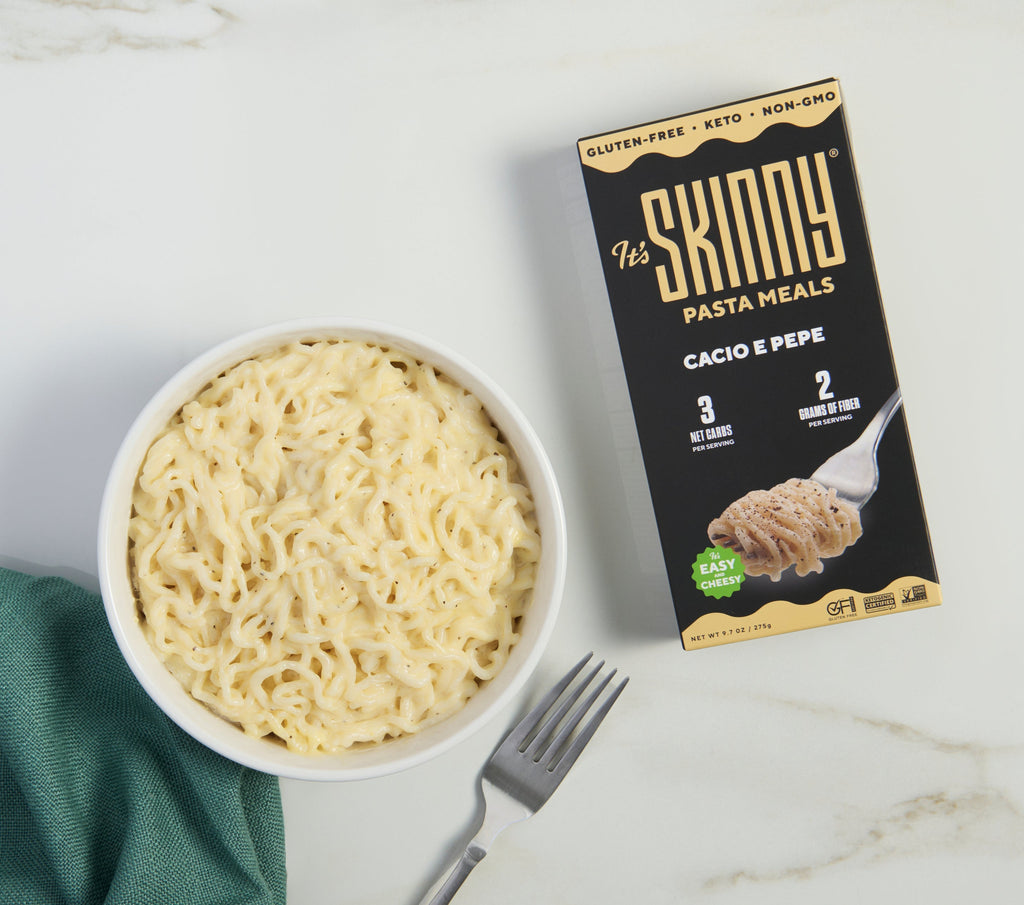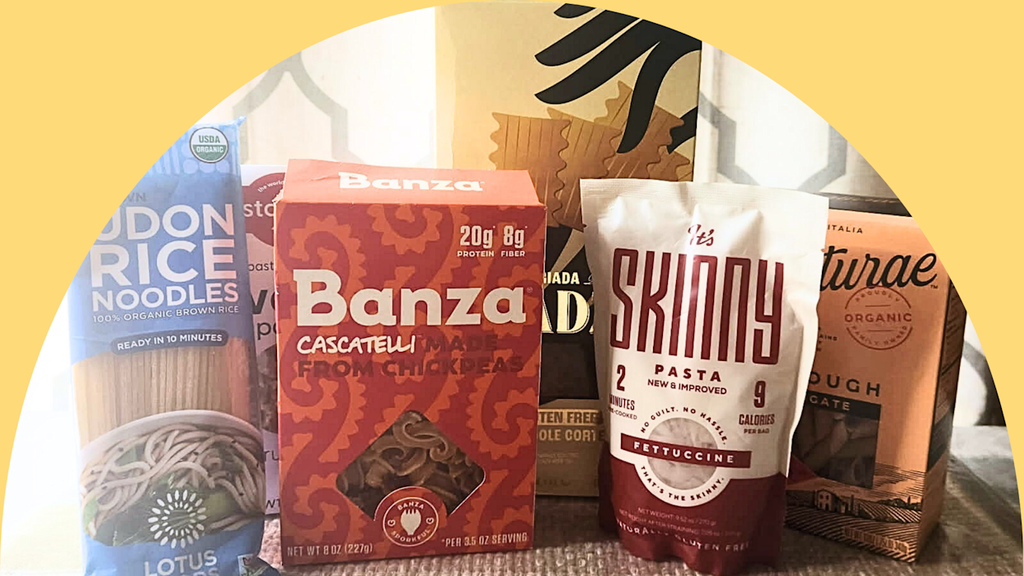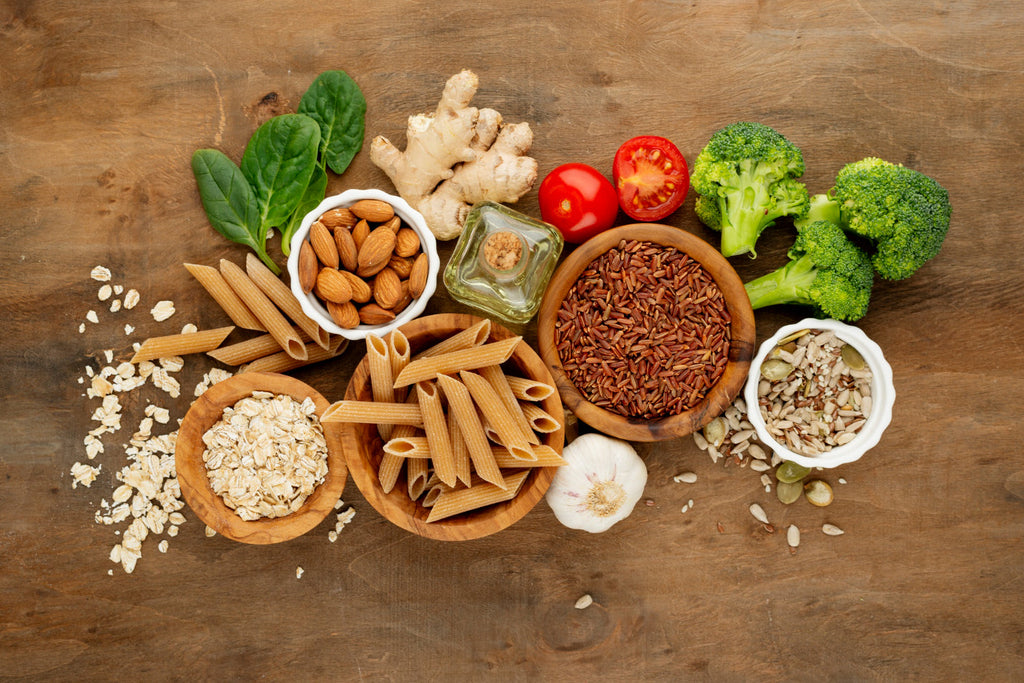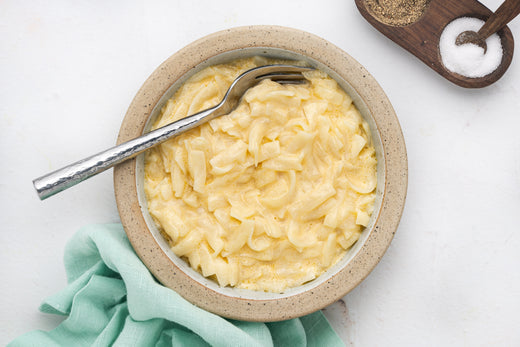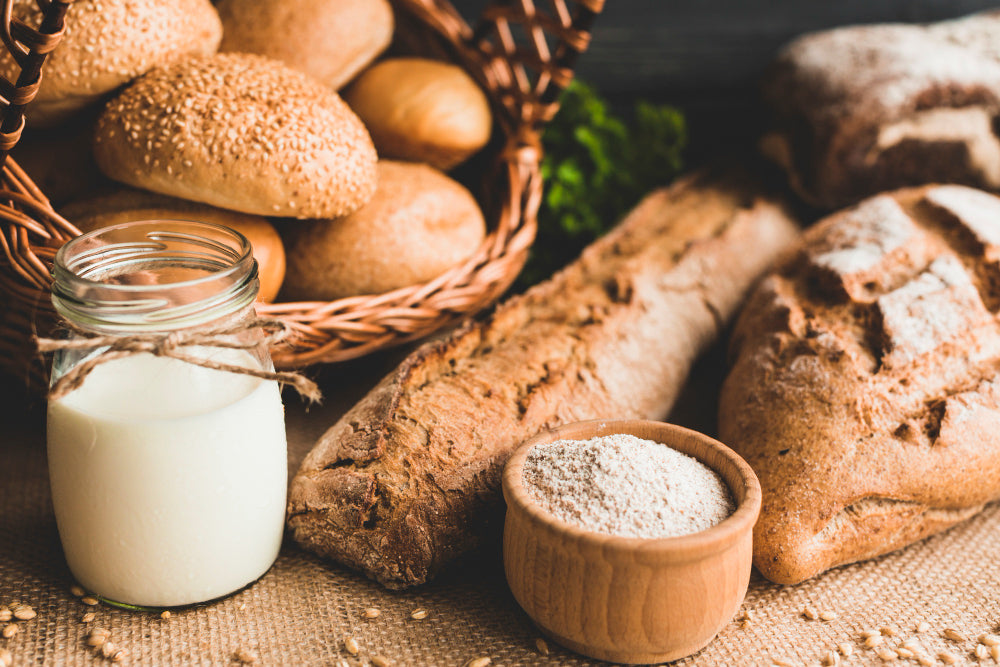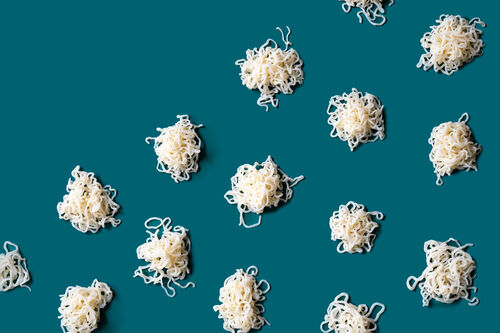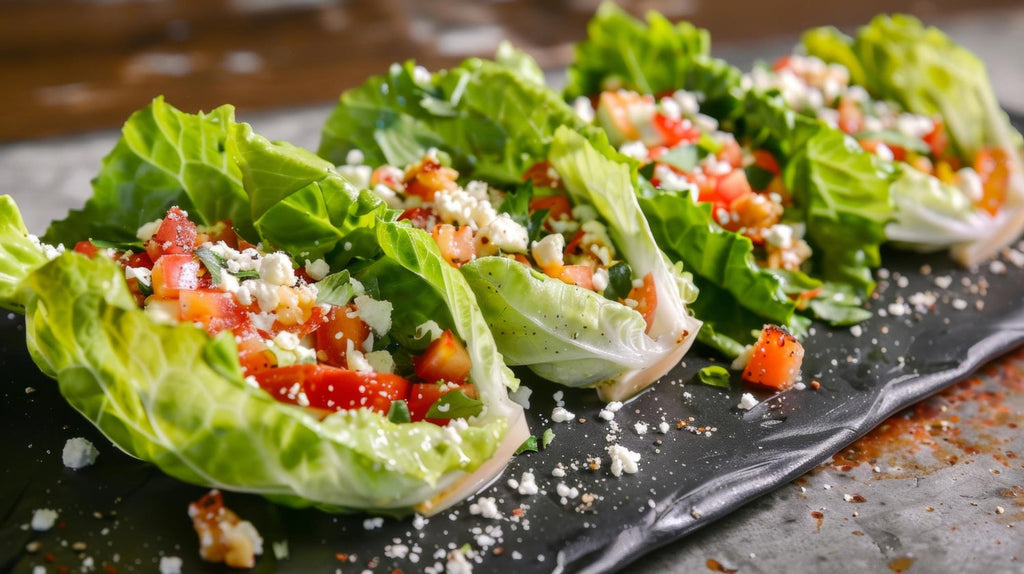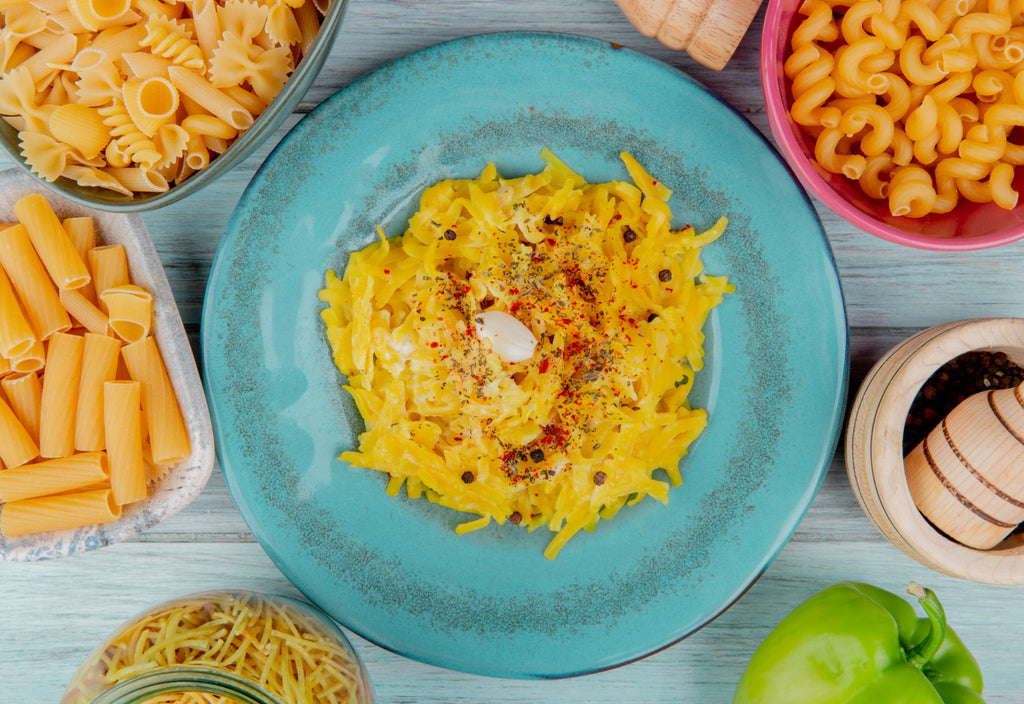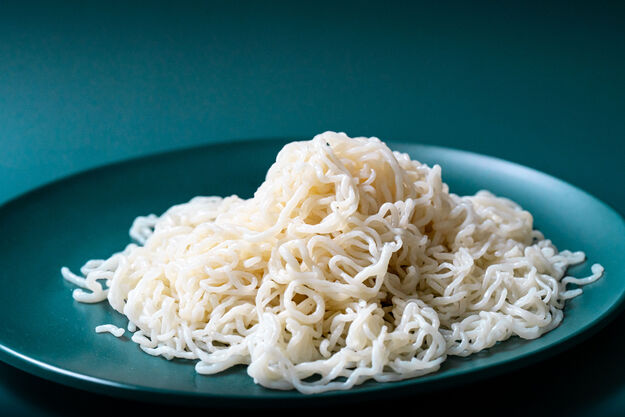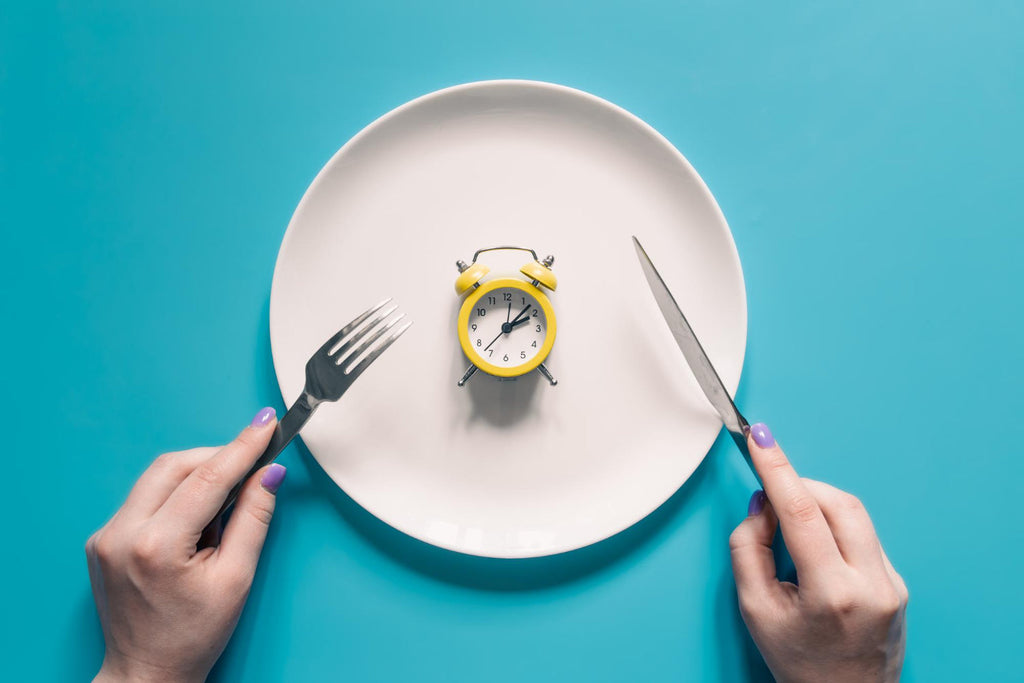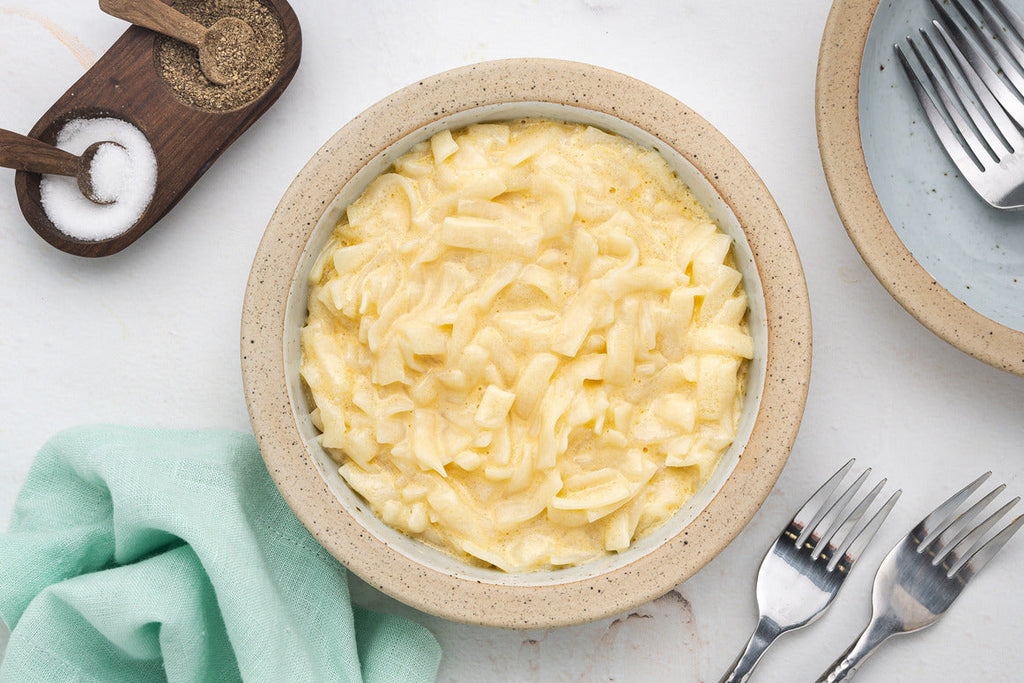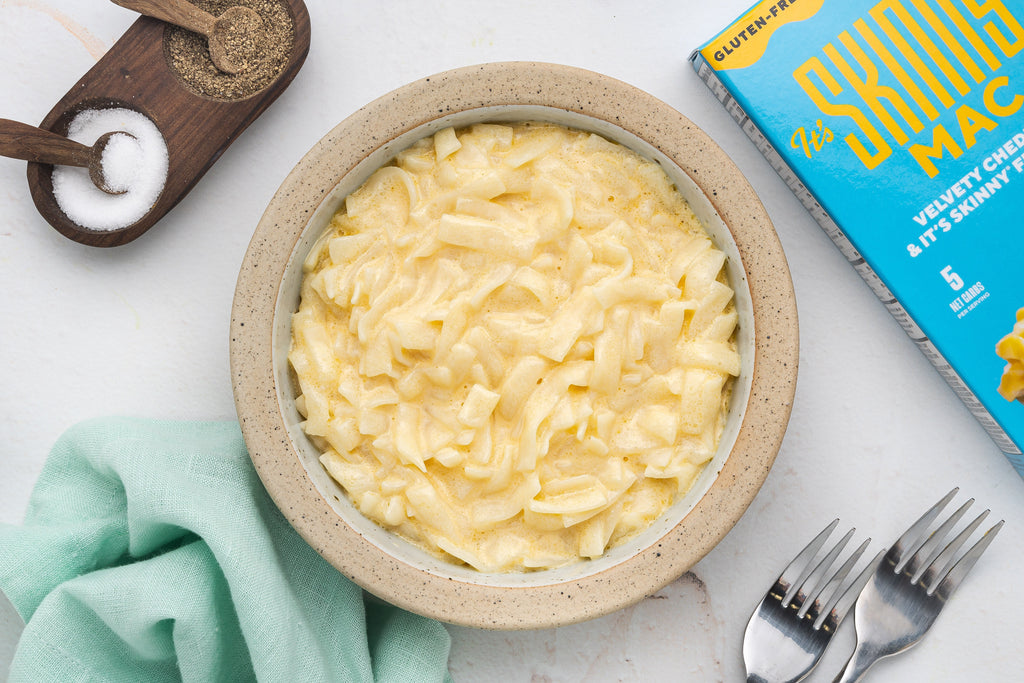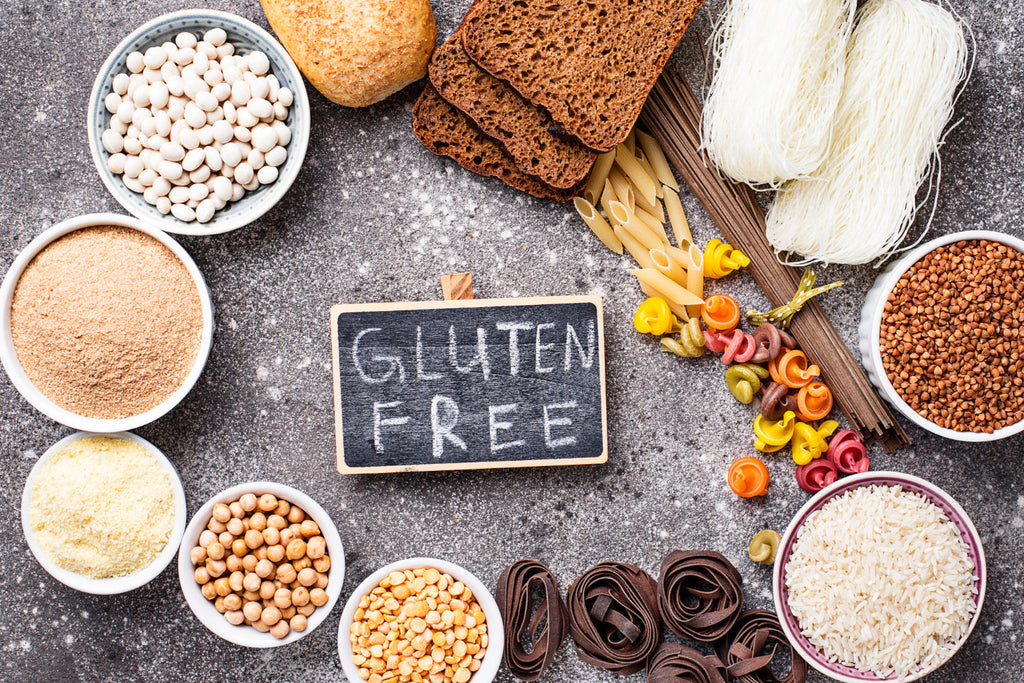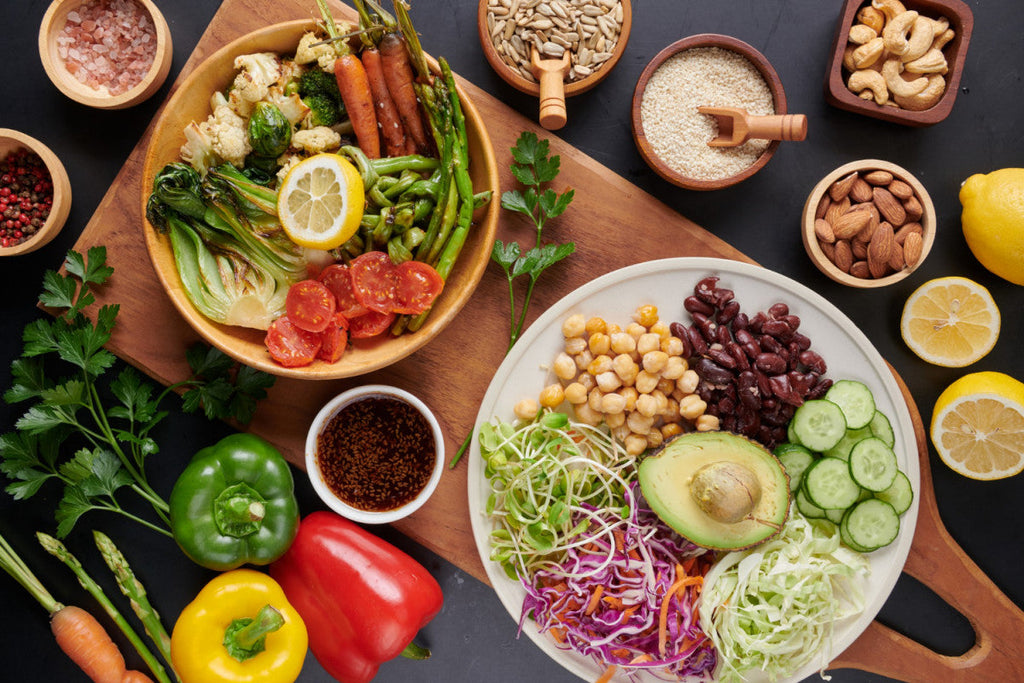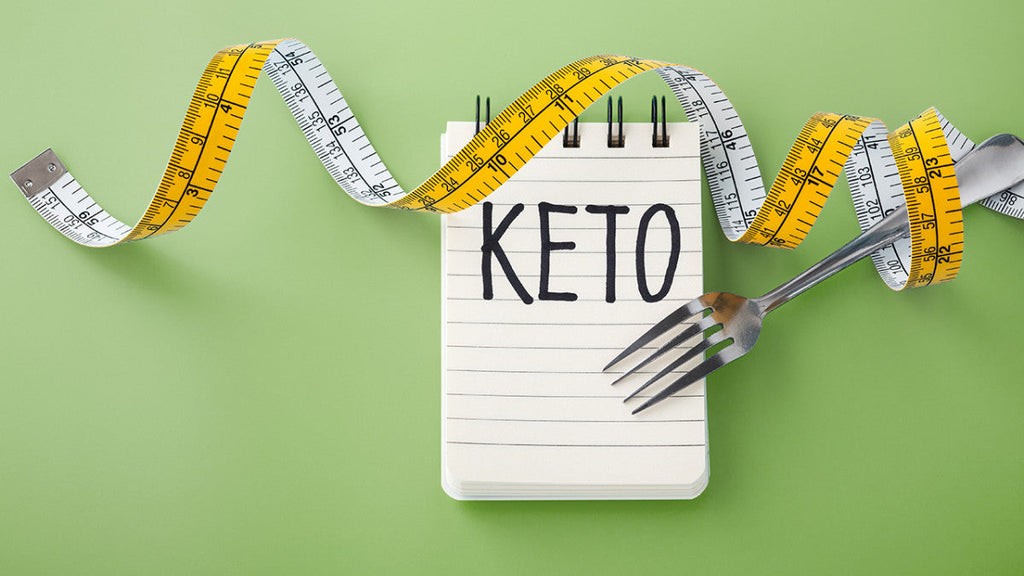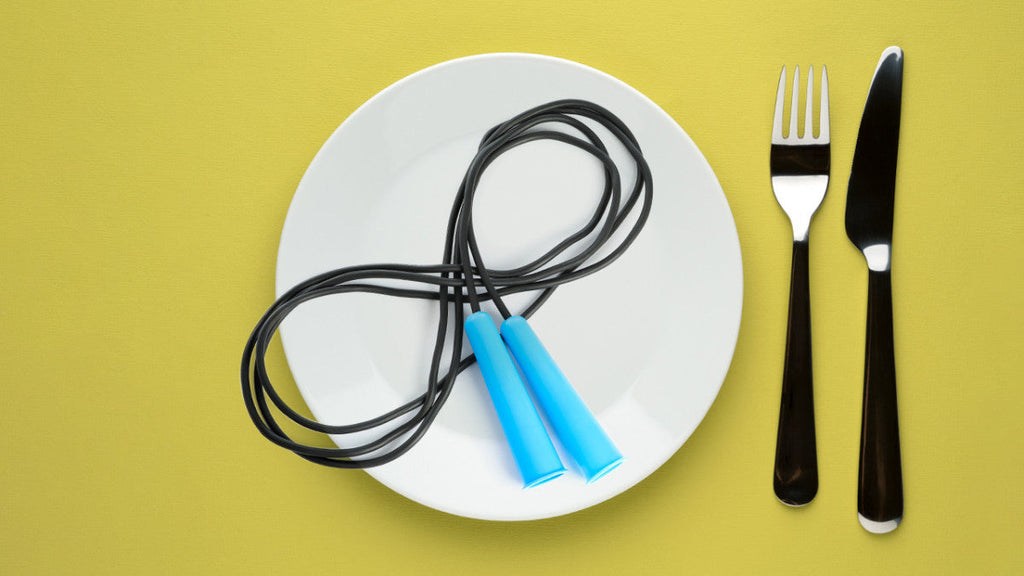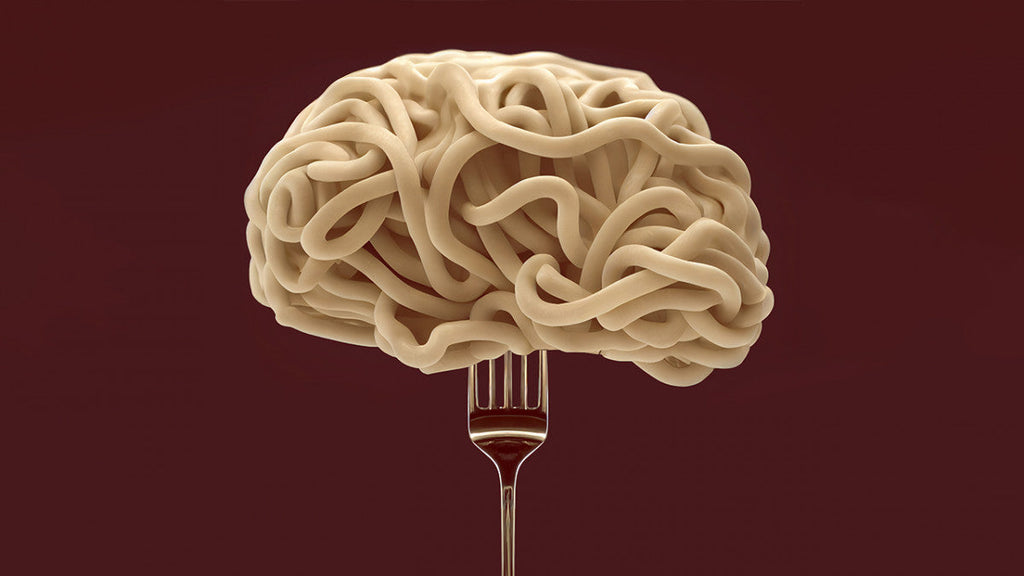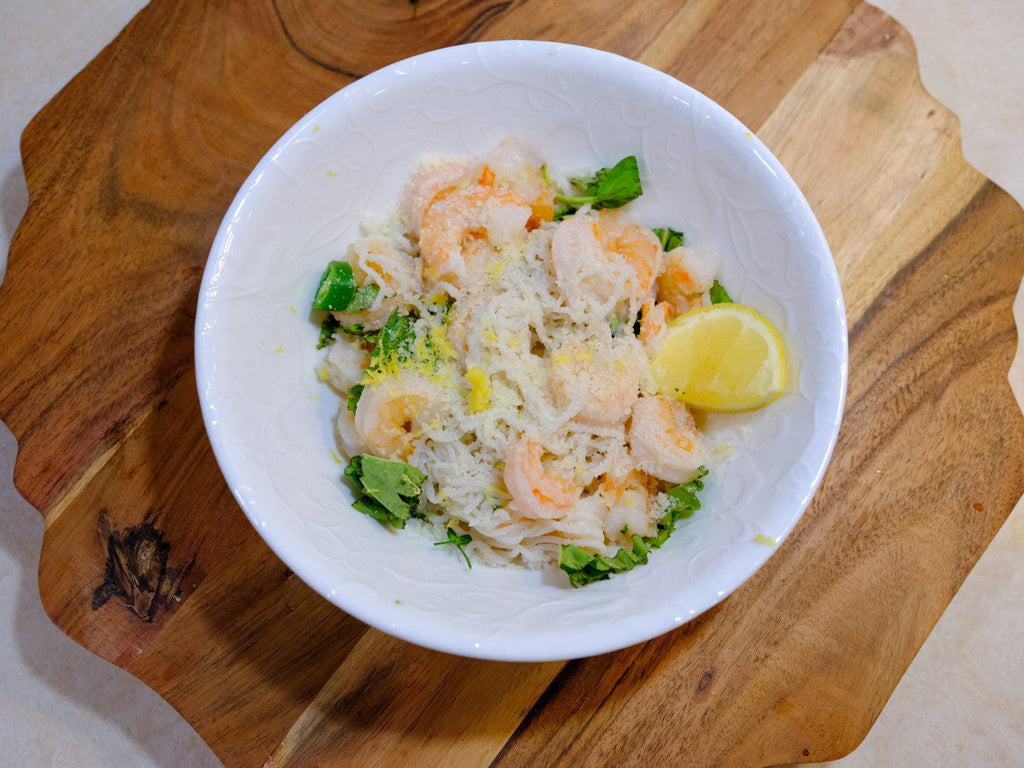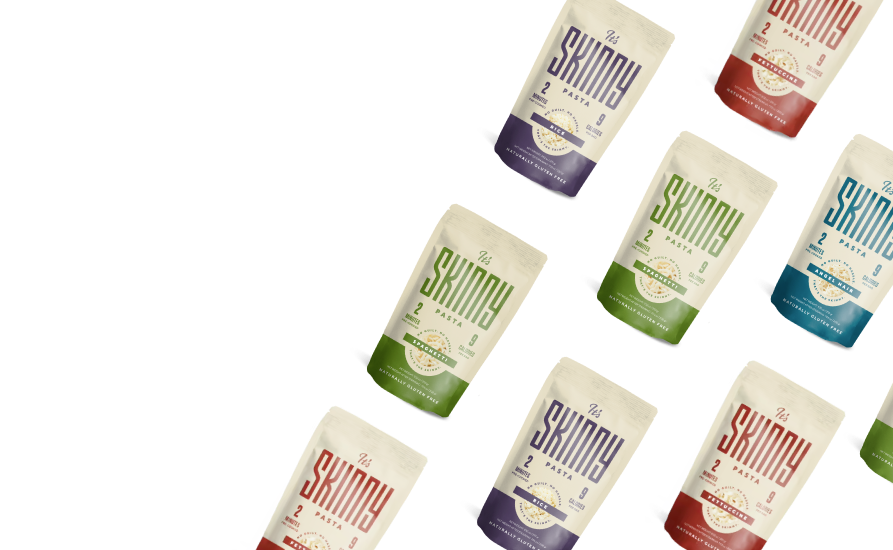Low-Carb Diet for Beginners: How to Cut Carbs for Weight Loss

If you’ve looked into weight loss plans any time in the last…oh…decade or two, chances are that you’ve heard some buzz about going low-carb. For a good reason, too—trying a low-carb diet can be a great way to lose weight and improve your overall health.
So, what's the best low-carb diet for beginners, and how do you get started? Don't worry—we've got all you need to know here!
WHAT DOES LOW-CARB MEAN?
We've explored ways you can go low-carb (keto, paleo, Atkins diet), but do you have to follow a specific low-carb diet plan, or can you just do low-carb your own way?
The easiest low-carb diet for beginners to follow is the traditional low-carb approach. The great thing about following a simple low-carb diet is that you don’t have to follow a specific meal plan. You just aim to lower your carb intake. How many carbs a day to lose weight? Typically, this means keeping your carb consumption between 50 to 100 grams.
You don’t need a special calculator or a bunch of diet books to follow a low-carb approach to eating. It's less restrictive than some of the more specific low-carb diets like keto and paleo. Instead, you just reduce your carbohydrate intake by reading labels and keeping track of the number of carbs you eat over the course of your day.
What does it mean when food is low carb anyway? When you're starting a low-carb diet, should you avoid certain foods?
Carbohydrates are critical macronutrients along with protein and healthy fats. In most cases, our bodies require at least some carbohydrates (in the ketogenic diet, carbohydrate consumption is kept very low to put the body in a state called ketosis, where it burns fat as a fuel source). Carbohydrates are an energy source, and they're made up of sugars, starch, and fiber.
We find carbohydrates in fruits and vegetables, grains, and most dairy products. Almost every food contains at least some carbohydrates. The name carbohydrate comes from the chemicals carbon, oxygen, and hydrogen—the elements that make up carbohydrates.
DOES THE LOW-CARB DIET WORK?
Low-carb diets are effective because most people don't pay attention to what they eat. When we start following a low-carb diet plan, we're likely to consume more whole foods that contain fewer additives and are less processed. These foods are often naturally lower in calories and healthier to boot.
It may be helpful to track foods using a tracking app. There are many free food trackers out there, so play around with your options until you find one you like. You may also prefer to track your carbs on paper (but it helps to have internet access to look up the nutrition information of foods).
The low-carb diet is flexible, meaning you can have any food you want, but keep in mind that high sugar and high starch foods will "eat" up your carb count for the day. Foods like cookies, cakes, bread, rice, and pasta are particularly high in carbohydrates. Any foods high in sugar, like sweetened cereal, pastries, and candy, are also high in carbs.
Fruits contain natural sugars and, thus, carbs. Sweet potatoes and corn are two vegetables high in carbohydrates, as are potatoes. Other foods containing high sugars and carbs include salad dressing, jams, jellies, crackers, flavor syrups, granola bars, condiments, sauces, and many frozen and "boxed" foods.
Just because a food is high in carbohydrates doesn't mean it's necessarily unhealthy or bad for you, but if you're following a low-carb diet, you will need to be aware of the carbohydrates in most common foods. If you're watching your carbs, you should avoid high carbohydrate foods or look for lower-carb foods you can swap out.
FOODS TO EAT ON A LOW-CARB DIET
So, what can you eat on a low-carbohydrate diet? For beginners, following a low-carb diet means sticking to foods that you like and enjoy.
Low-carb foods include:
- Leafy green vegetables
- Most non-starchy vegetables
- Lean protein like turkey, chicken, beef, and fish
- Most lower-sugar fruits (like berries, citrus, and melon)
- Beans, nuts, and seeds
- Eggs
- Low-fat milk and cheeses
- Unsweetened beverages like seltzer and tea
When in doubt, look for foods in their closest-to-whole form. For example, an orange will be lower in carbohydrates than orange marmalade. When starting a low-carb diet, boost your energy levels by drinking plenty of water and fill up on as many low-carb foods like vegetables, fruits, and lean proteins as possible.
If you’re hoping to lose weight on a low-carb diet, it helps to include exercise into your routine as well. Not only will you feel more energized, but you'll burn calories. Plus, exercise has plenty of health benefits, like helping you connect with your body and shift to a healthier mindset and lifestyle approach.
It's also helpful to remember that there aren't strict rules to a low-carb diet. You can still occasionally treat yourself because you aren't trying to get into a state of ketosis (as with the keto diet). Just be sure to keep it all in moderation and aim for low-carb eating most of the time.
The best way to be successful on a low-carb diet is to be sure that you prepare before you start. Stock up on healthy low-carb foods and clear out the old foods so you won’t be tempted. Don’t let yourself reach a point of starvation (who wants that anyway!?). Keep healthy low-carb snacks like almonds, beef jerky, hardboiled eggs, or cheese sticks on hand.
It's also helpful to measure portions when you first start eating low-carb foods. While you don't need to restrict your portions of less-carb-heavy foods (like leafy greens or chicken), it can be helpful to get a feel for what portion sizes look like. That way, when you do indulge in carbs, you'll be sure not to overdo it and derail your diet.
IT’S SKINNY PASTA: THE SECRET TO BEGINNER’S LOW-CARB DIET SUCCESS
Are you ready for a secret to low-carb dieting? You can still have pasta!
Yes, traditional pasta is high in carbohydrates. Even whole wheat pasta contains about 37 grams of carbohydrates per cup. Traditional pasta has about 43 grams of carbohydrates per one-cup serving. So you might be wondering, how can I still enjoy my spaghetti? Isn’t this a low-carb diet?
Meet It’s Skinny! It’s Skinny pasta is made from the konjac root. It’s sometimes known as “shirataki” pasta. Unlike traditional pasta, it has ZERO carbs per serving (and only 9 calories in a whole bag).
Sound too good to be true? Thanks to the humble fibrous konjac root, you can enjoy pasta that makes a perfect base for your favorite toppings. You don’t need to give up chicken pesto, Thai drunken noodles, or shrimp scampi because you're going low-carb. It’s all possible with It’s Skinny.
If you've never heard of a konjac root, it's a vegetable commonly used in Asian cuisine. In fact, it's been used for many centuries as both food and medicine. It also makes excellent low-carb pasta. Shirataki noodles often take on the flavors of the surrounding ingredients, so they won't overpower your dish (or make it taste strange). The texture is right now, and It's Skinny Pasta is available in shapes that include Fettucine, Spaghetti, and Angel Hair.
But, before we forget, let’s not ignore everyone’s other favorite carb—RICE! With It’s Skinny, you can enjoy your favorite rice dishes too. Low-carb fried rice, chipotle chicken, and even poke bowls get a low-carb makeover with It’s Skinny rice. Try it in all your favorite meals.
Working with It’s Skinny Pasta and It’s Skinny Rice is easy—open the bag, drain, and add to your meal at the end of cooking. You don’t need to boil it like traditional pasta. It’s ready in minutes. You can have a fast, delicious weeknight dinner that won’t weigh you down or leave you in a carb coma.
So if you’re ready to go low-carb, stock up on It’s Skinny Pasta. Order it online in a convenient 6-pack. It’s truly the secret to low-carb diet success for beginners!






